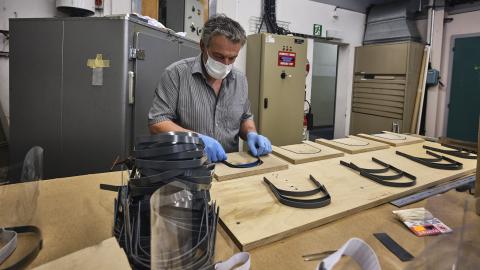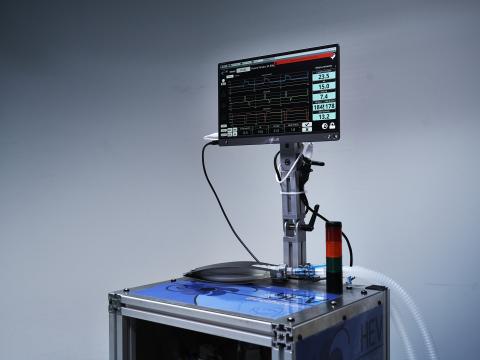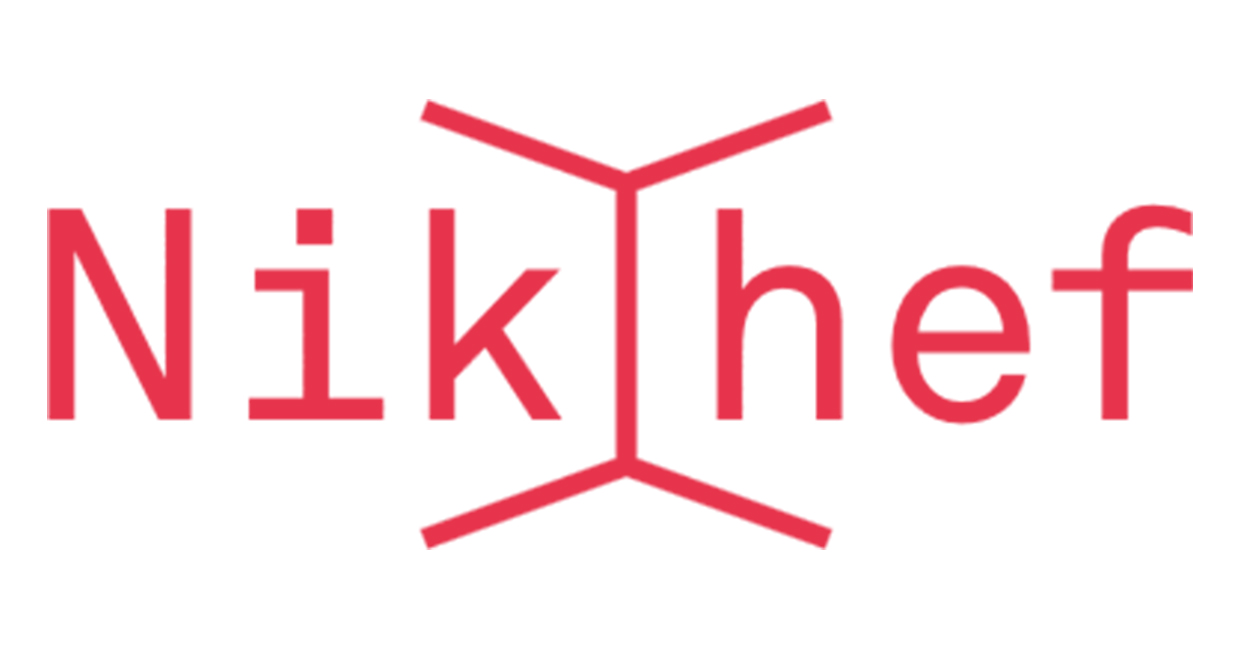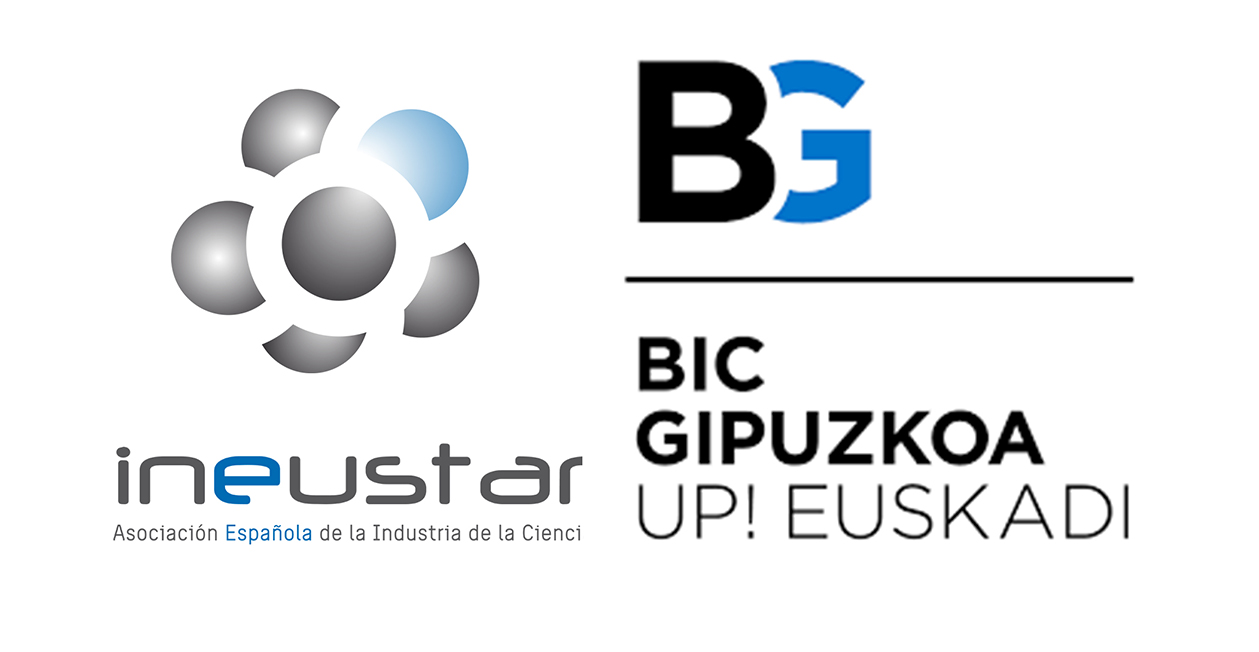

BIC Screening Week Oct 25 to Oct 29, 2021
CERN Knowledge Transfer group in collaboration with the Business Incubation Centers (BICs) of CERN technologies hosts a screening week to connect entrepreneurs with technical experts at CERN to explore new areas of application of CERN technologies and know-how.
CERN provides technology expertise, time to discuss with the experts and where applicable, test prototypes. The participating BICs provide business strategy support, mentors to support the teams during the BIC screening week and financial support for the team to travel to CERN (depending if travel is possible, due to current pandemic restrictions).
Who can participate?
Teams from the participating BICs who can use CERN technology and expertise to create a product or services. We are looking for teams who either have identified a problem/unmet need or propose to build a product entirely based on CERN technology or expertise.
How to find information about CERN technology?
Search for our events or conference materials on Indico or explore GitHub for software repositories.
| For example: If you want to search for the technology 'Fast Machine Learning FPGA', you may find relevant information in CERN's portfolio. On Indico by using keywords such as 'Fast machine learning' or 'Fast inference FPGA' you can get articles regarding talks and presentations which give in-depth details of the technology. Finally, there is a dedicated webpage for this technology and a GitHub repository. |
Disclaimer: The program might change due to unforeseen issues with the current pandemic. The participants will be communicated by the respective BICs if there are changes to the event.
CERN provides a limited amount of seed funding for projects with medical applications via the Medical Applications (MA) budget and CERN personnel working with technologies with potential applications in the medical field can apply for resources for both purchase of material and funding of researchers. Since 2014, over 50 projects have been funded by the MA budget, with an average grant of 75 kCHF per project.
Just like the KT Fund, the MA budget highlights CERN’s commitment to maximise the societal impact of its fundamental research.
The procedure is very similar to that of the KT Fund and a presentation needs to be made to the selection committee. However, beforehand a short presentation also needs to be made to the MAPF (Medical Applications Project Forum) to assess the potential of the project. The forum is composed of CERN experts in medical applications (appointed by the Heads of Department) and is chaired by the Medical Applications advisor.
Application deadline: (date to be confirmed for the 2024 selection) (presentation to MAPF is required prior to submitting your application)
Please express your interest to present your project to the MAPF preferably by: (date to be confirmed for the 2024 selection).
Selection committee: (date to be confirmed for the 2024 selection).
- Please reserve the afternoon to present your project.
- The MAPF meetings will start at 2 PM.

Apply now!
2024 MA budget application deadlines:
MAPF presentation: date to be confirmed
Full application: date to be confirmed
The CERN Knowledge Transfer fund is a tool to bridge the gap between research and industry. Through a competitive process, it selects innovative projects based on a CERN technology with high potential for impact in another field than high-energy physics, with potential for positive impact on society. Established in 2011, the fund is supported through revenues from commercial agreements concluded by CERN's Knowledge Transfer group. It aims to fund projects that would otherwise not be funded by CERN funding which only covers R&D projects related to high-energy physics.
The selection committee meets once to twice a year. Please send your proposals at any time, depending on the proposals we receive, we may reschedule the meeting in the coming months.
Application deadline: date to be confirmed for the 2024 selection
Selection committee: date to be confirmed for the 2024 selection (please reserve the afternoon to present your project)
Below you can browse archived funded projects based on CERN technology and know-how, or view current projects here.
Do you work for CERN? The CERN Knowledge Transfer fund is a fund that CERN personnel can apply to in order to bridge the gap between research and industry. If your technology has the potential for applications in medical or biomedical technologies, you could also be eligible for the funding from the CERN Medical Applications budget.
In 2022, we especially looked forward to welcoming project proposals that support the environment through the CERN Innovation Programme on Environmental Applications (CIPEA).
Explore other external funding opportunities for CERN Knowledge Transfer projects here.
Browse previously funded projects below, or view archived projects here.
SYNERGIES BETWEEN PARTICLE PHYSICS AND ASTROPHYSICS
Dark matter, dark energy, antimatter, gravitational waves... Space can teach us a lot about the origin of the universe, what it is made of and how it works. As the world’s largest particle physics laboratory, CERN can benefit from and contribute to the study of space phenomena, including cosmic rays, which are part of CERN’s scientific mission.
Many of the overlapping technological requirements and solutions highlighted in this brochure show the proximity between particle physics and multi-messenger astrophysics – the study of astroparticles and electromagnetic and gravitational signals coming from deep space. Often performed in-orbit to avoid atmospheric effects, astrophysics experiments can benefit from CERN technologies, facilities and know-how.
The following space scientific missions have the status of CERN Recognised Experiment (REC).
There are several other space scientific missions that have received CERN support without a formal REC status (for instance EUSO, Nucleon, HERD and HNX).
Current CERN Recognised Experiments
FERMI (2008-present): a space telescope to study the most extreme phenomena of the universe, from gamma-ray bursts and black-hole jets to pulsars and supernova remnants.
AMS-02 (2011-present): a state-of-the-art particle detector operating as an external module on the International Space Station. It studies the universe and its origin by searching for antimatter and dark matter, while also performing precision measurements of cosmic rays’ composition and flux.
CALET (2015-present): a calorimetric electron telescope to search for signatures of dark matter and provide the highest energy direct measurements of the cosmic ray electron spectrum.
DAMPE (2015-present): a space telescope used for the detection of high energy gamma rays, electrons and cosmic ray ions, to aid in the search for dark matter.
Future CERN Recognised Experiments
EUCLID (planned 2023): a mission aimed at understanding why the expansion of the universe is accelerating and what is the nature of the source responsible for this acceleration.
POLAR-2 (planned 2024): a project aimed to answer the most important open questions regarding the nature of gamma-ray bursts.
UNOSAT, information technology for humanitarian mapping
Space imagery is essential for providing aid to rescue teams as quickly as possible after a disaster. Over the last 20 years, UNOSAT (UNITAR’s Operational Satellite Applications Programme) has helped guide emergency teams through various locations and supported humanitarian assistance efforts and programmes to protect cultural heritage. Hosted at CERN, UNOSAT benefits from the Organization’s IT infrastructure whenever a situation requires it, helping the United Nations to stay at the forefront of satellite analysis.
Quantum computing for Earth observation and scenarios forecasting
Quantum technologies are a rapidly growing field of research and their applications have the potential to revolutionise the way we do science. In the case of Earth observation, previously intractable problems can be solved by exploiting quantum phenomena such as superposition, entanglement and tunnelling.
Preparing for this paradigm change, ESA and CERN have decided to extend their long-standing collaboration to include quantum computing. This partnership implies new synergies in data mining and pattern recognition, as well as the generation of new knowledge and expertise.
Read more: Alberto Di Meglio, "CERN & quantum technologies", CERN Courier.
Artificial intelligence for a better understanding of our planet
In the same way, expertise from CERN and ESA can support the EU Destination Earth initiative, aimed at creating an AI-driven dynamic, digital replica of our planet, which accurately replicates Earth’s behaviour. Combining actual space and ground data and Earth system models with artificial intelligence, the Digital Twins of the Earth would provide an accurate representation of the past, present, and future changes of our world. Consequently, it would help visualise, monitor, and forecast natural and human activity on the planet and generate scenarios for decision makers to meet the goals of the European Green Deal.
CERN manages large quantities of data regularly which is crucial for many aerospace applications: from astrophysics and Earth observation, to traffic control and aircraft engines performance monitoring
Euclid, ESA’s space mission to study the nature of dark matter and energy, is a prime example. This single space mission is expected to generate an enormous amount of data, later collected on the ground by ESA’s largest antenna and then distributed to a network of science data centres in nine different countries. In order to share software and codes in such a big data environment, the Euclid Consortium will use a CERN-developed system called CernVM-FS (CERN Virtual Machine File System).
Clean and safe aviation
In the field of aviation, two start-ups affiliated to the French Business Incubation Centre of CERN Technologies will use CERN-developed software tools for their business:
- SAFETYN aims to improve safety for general aviation and reduce the number of accidents and fatalities by using the ROOT data processing framework.
- NOVPOWER plans to use C2MON (CERN Control and Monitoring Platform) to monitor operating parameters of its optimised electric propulsion systems for light aviation.






